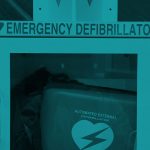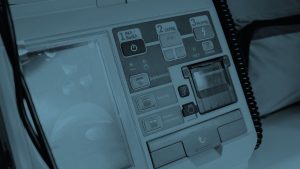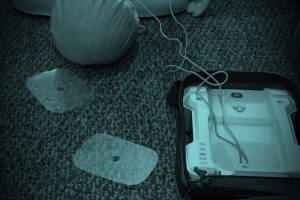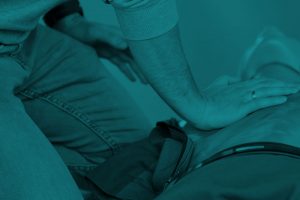
Aim: To evaluate the association between bystander cardiopulmonary resuscitation (CPR), automated external defibrillator (AED) use, and survival after out-of-hospital cardiac arrest (OHCA) across the urban-rural spectrum in Canada. This was a retrospective cohort study of 325,477 adult OHCAs within the Cardiac Arrest Registry to Enhance Survival from 2013-2019. Bystander interventions were categorized into no bystander intervention, bystander CPR alone, and bystander AED use (with or without CPR). The primary outcome was survival to hospital discharge with good neurological outcome.
Results: Bystander CPR alone occurred most often in rural areas (50.8%), and least often in urban areas (35.4%). Bystander AED use in public settings was similar across the urban-rural spectrum (10.5%-13.1%). Survival with good neurological outcome varied for urban (8.1%), suburban (7.7%), large rural (9.1%), small town (7.1%), and rural areas (6.1%). In comparison to no bystander intervention, the adjusted odds ratios (95% confidence intervals) for bystander AED use and survival were 2.57 (2.37-2.79) in urban areas, 2.58 (1.81-3.67) in suburban areas, 1.99 (1.44-2.76) in large rural areas, 1.90 (1.27-2.86) in small towns, and 3.05 (1.99-4.68) in rural areas. Bystander CPR alone was also associated with survival in all areas (adjusted odds ratio range: 1.29-1.45). There was no strong evidence of interaction between bystander interventions and geographical status on the primary outcome (p=0.63).
Conclusion: Bystander CPR and AED use are associated with positive clinical outcomes after OHCA in all areas along the urban-rural spectrum.






